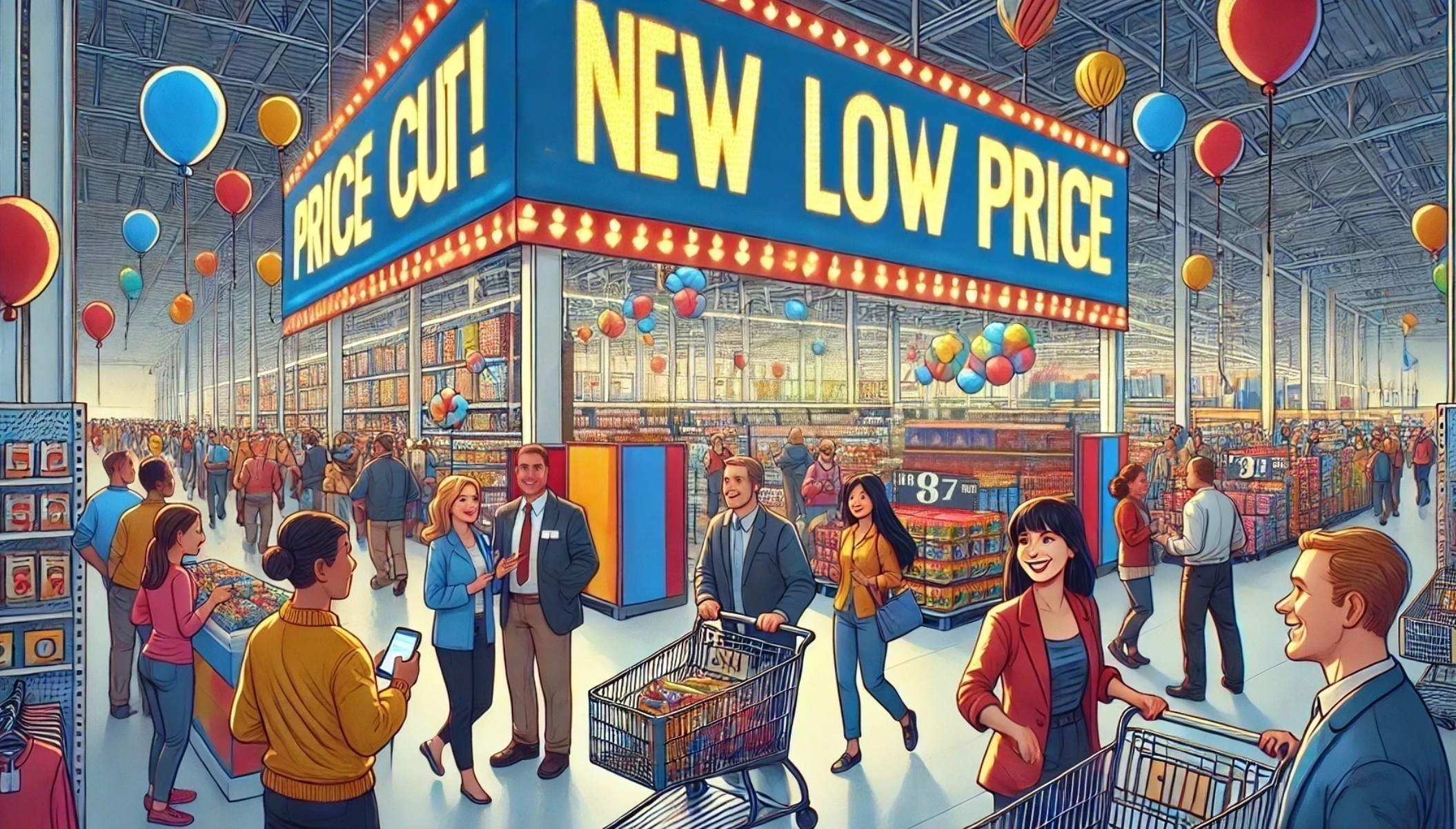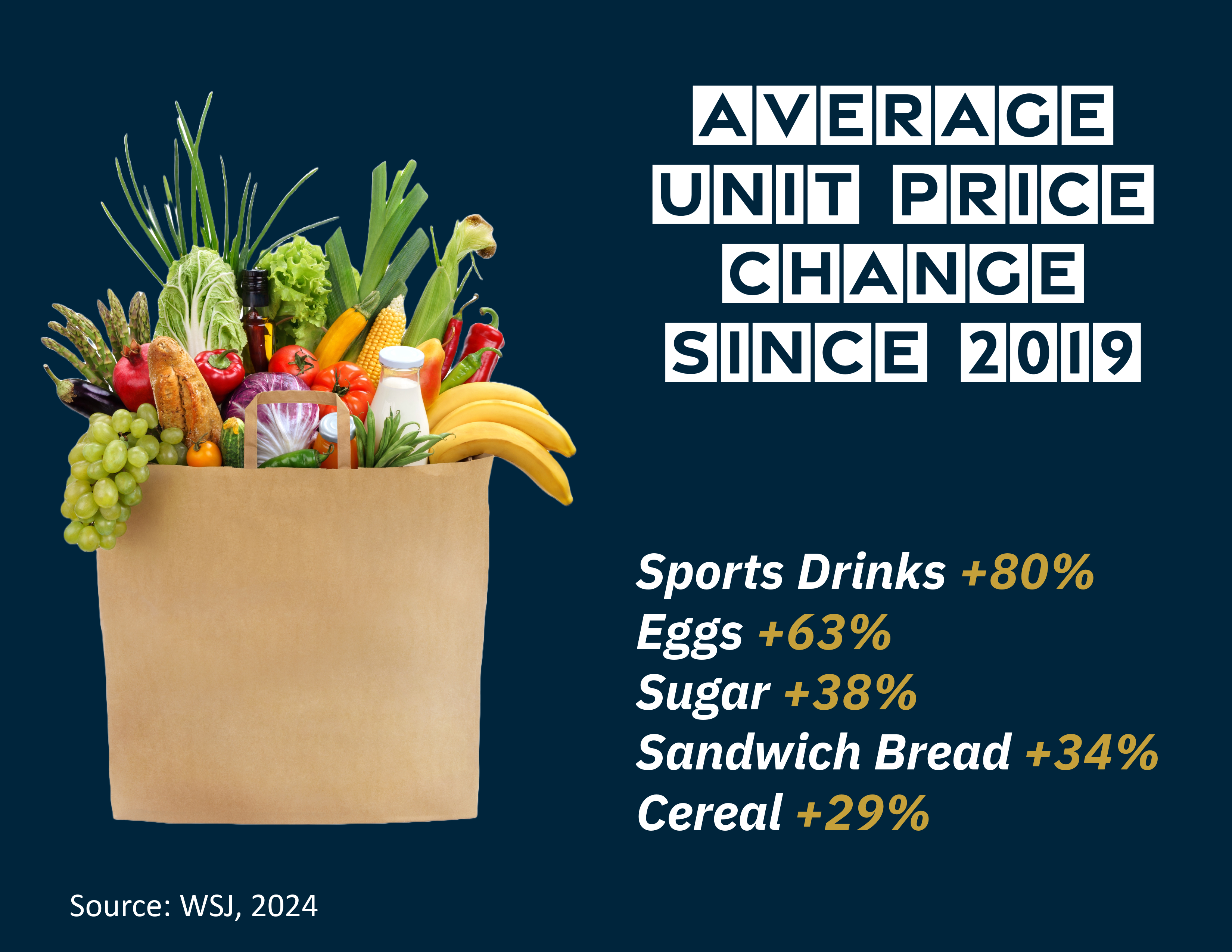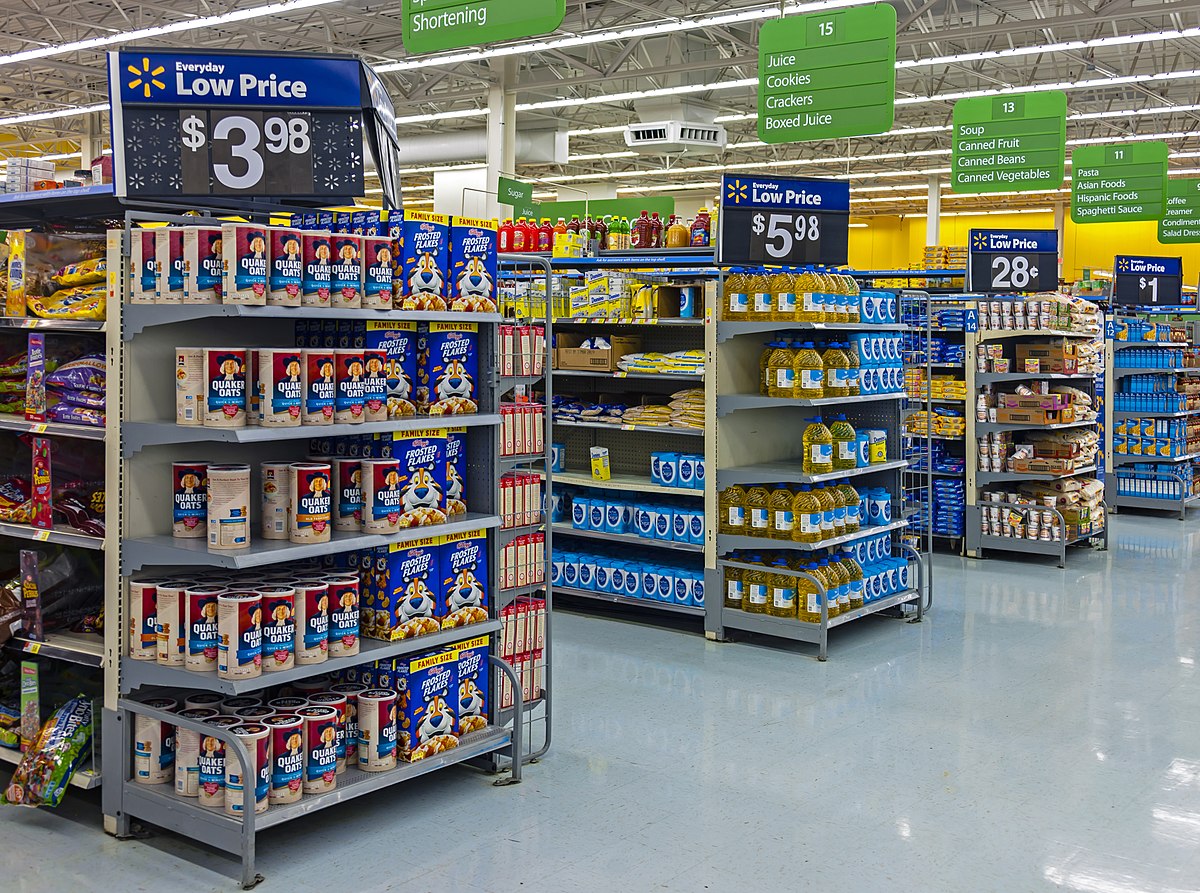
Key Takeaways
- Impact on Consumer Demand: Consumer demand is the key factor that could help stabilize inflation to historical norms.
- Price Cuts by Major Retailers: Target and Walmart have significantly reduced prices on thousands of items, including food, benefiting lower-income households where food costs consume a larger share of income.
- Price Cuts by Major Retailers: Target and Walmart announced price cuts on thousands of items, including groceries, benefiting lower-income households where food costs consume a larger percentage of income.
- Economic Relief: Price cuts by major food suppliers provide much-needed relief, and may signal a shift away from pushing prices to the limit when consumer demand was supercharged with stimulus money.
- Good News: Strategic price adjustments could ease inflationary pressures and promote a healthier balance between suppliers and consumers, returning purchasing power to the consumer. The days of endless price hikes of consumer staples without a resulting increase in wholesale cost are hopefully over.

Consumer Demand:
My articles have focused on the consumer, as consumer demand is the last frontier remaining to conquer. I opined that nothing other than large-scale consumer demand destruction would put inflation back in line with historical norms. In my last article, I pointed out that consumer credit card debt was at a record high, and the banks charged record-high interest rates. Then, we shed light on the big discount retailers’ reports that most of their growth was coming from high-income households noted as over $100,000 per annum.
Price Cuts by Major Retailers:
In recent developments, both Target and Walmart have experienced price reductions on thousands of items, with Walmart focusing particularly on food costs in their grocery sections. I find this a huge relief because food, as a percentage of total income, disproportionately impacts lower-income households. Everyone needs food, and while families can save money by using coupons or shopping at lower-priced grocery stores, the average annual spending on groceries still rose by 9% from 2019 to 2022, increasing from $4,643 to $5,073, according to the USDA. Moreover, inflation rates in major cities are significantly higher than in surrounding areas.
Economic Relief:
Not only is this change in corporate posture regarding the ability of the US consumer to absorb every higher pricing welcome relief, but I feel it’s the actual start of the end of our retail community pushing the consumer to the brink. There’s a common phrase used in real estate to express the value of an asset that leaves absolutely no room for opportunity, “Priced to Perfection.” With stimulus money rolling in and low rates on consumer credit, retailers did what a capitalist retailer maybe should do: maximize shareholder value at the expense of the consumer by pricing goods “to perfection.” To hear the words “reducing prices on 5,000 items” from food to Clorox wipes is music to my ears.
Similar Good News:
NPR also reported similar developments from McDonald’s. While I won’t delve into the complexities of fast-food pricing—a crucial issue for working Americans—it’s important to recognize that this is a step in the right direction. The country needs to rebalance the power between retailers, which held all the cards when goods were scarce and capital aplenty, back to a balanced relationship where only excellent products and service are rewarded with upward pricing mobility.










